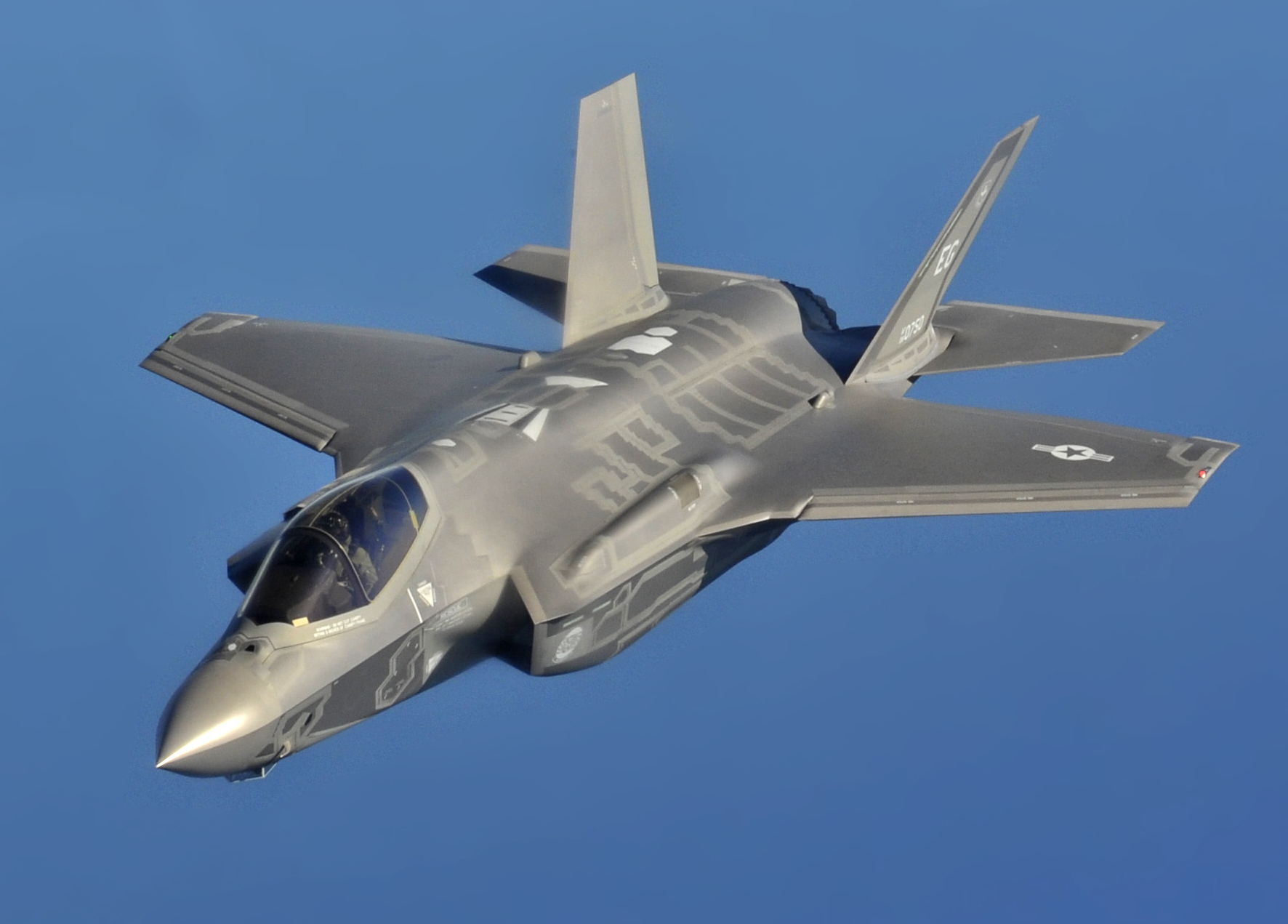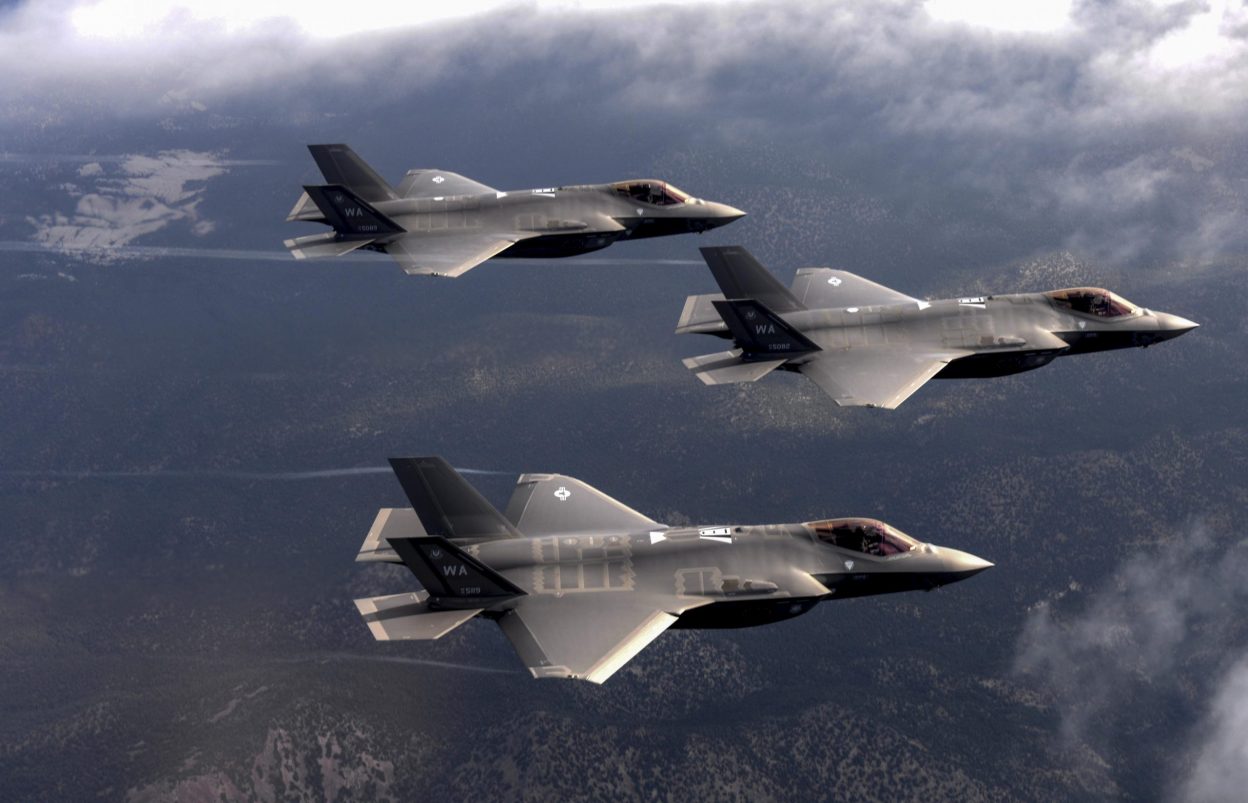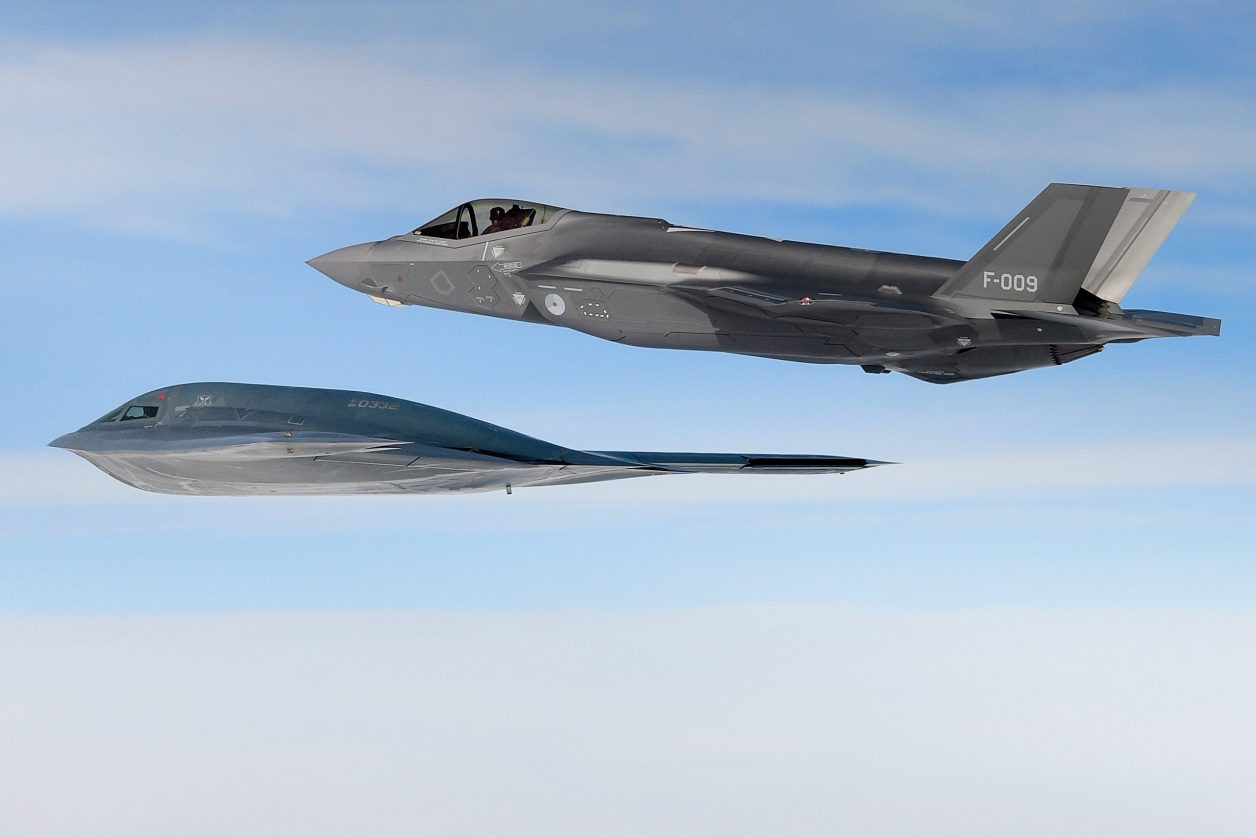The US Navy is looking for a contractor to assist in the storage of three early F-35 Joint Strike Fighters — two B variant aircraft, and one F-35C — which are no longer required for flight testing.
Japan Looks To ‘Shoot-Down’ China’s Growing Arsenal Of Hypersonic Missiles With Electromagnetic Weapons
This decision underscores the progress made in getting the F-35 program out of its difficult testing phase. The Pentagon will eventually approve full-rate manufacture of the jets this year after more than 750 have been delivered to customers throughout the world.
Lockheed delivered 142 F-35s in 2021, up from 121 in 2020 and the previous high of 134 in 2019. https://t.co/Htci5xgTCa
— Steve Trimble (@TheDEWLine) January 3, 2022
In a contracting notice posted online on December 30, 2021, Naval Air Warfare Center Aircraft Division (NAWCAD), which is headquartered at Naval Air Station Patuxent River in Maryland, first revealed it was looking to put the F-35s in question into long-term storage. At the moment, the three jets are stationed at Patuxent River.
This development comes even as Lockheed Martin announced on January 3 that it has delivered 142 F-35 fighters to the United States and its allies, three more than originally intended. In 2021, the business was projected to deliver 133 to 139 jets.

The figure of 133-139 was actually reached after revising the earlier estimates, as previously reported by Janes. In the same announcement, Lockheed had stated that in 2022, it is expected to deliver 151–153 aircraft, which is less than what the discussions revealed earlier in 2021.
Lockheed Martin had announced on June 16 last year that it was in preliminary talks with the Pentagon to deliver 169 F-35 fighter jets in 2022 while the company cautioned that this was not a firm commitment.
Last year, Lockheed’s F-35 was chosen by two more countries — Switzerland and Finland – for their new fighter jet programs. The Royal Netherlands Air Force is the eighth nation to declare their F-35 fleet ready for initial operational capability, according to the business. Denmark acquired its first F-35 in 2021. Lockheed’s biggest customer is the US government, which accounts for three-quarters of its revenues last year.
Nine years ago today, BF-1 conducted the first F-35B vertical landing during flight testing. This individual test jet has since performed more than 780 vertical landings. #F35 @NASPaxRiverPAO pic.twitter.com/PA2eHw7esq
— F-35 Lightning II (@thef35) March 19, 2019
Additionally, the Pentagon may be nearing a new deadline to complete F-35 testing, a long-delayed task that has prevented the department from declaring the stealth jet ready for full-rate production.
Lt. Gen. Eric Fick, who runs the Pentagon’s F-35 program office, said he intends to have a revised plan in place by the end of January, which will include a deadline for the F-35’s final simulation testing, as reported by Breaking Defense last month.
A Long, Tedious Journey For F-35
As part of the system development and demonstration (SDD) phase of the F-35 program, at least 19 aircraft of various variants were produced particularly for the testing purpose.
The initial SDD contract was awarded to Lockheed Martin in 2001, and this phase is still technically active. The program completed the developmental flight testing in 2018 and moved on to operational testing and assessment.

“With the conclusion of the Systems Development and Design (SDD) portion of the F-35 flight test program, three of NAS Patuxent River F-35 Integrated Test Force (ITF) flight science aircraft (x1 F-35C and x2 F-35B) are no longer required to gather flight test data,” the notice explains. “Therefore, it has been determined at the F-35 Joint Program Office (JPO) that these aircraft will be preserved via a preservation/protection system (i.e. shrink wrap) and transported elsewhere for other uses at a later date.”
The process of defining the components, modules, interfaces, and data for a system in order to meet specific criteria constitutes the SDD phase. The process of building or altering systems, as well as the procedures, techniques, models, and methodologies required to do so, is referred to as system development. Earlier in 2018, the final developmental test flight of the SDD phase had been completed.
The F-35 program has been plagued with several issues, one of which pertains to the Pratt and Whitney engine that powers the aircraft. The present F135 engines have been experiencing several challenges, including overheating and cracks on turbine blades, and earlier than projected service requirements, as previously reported by the EurAsian Times.
This hi-tech aircraft was also under the scanner for breathing issues for the pilots due to erratic oxygen flow, which apparently caused discomfort and fatigue to the pilot. “F-35’s breathing system delivered an unpredictable amount of airflow at the beginning, middle, and end of each breath and that it changed from breath-to-breath,” a NASA study had revealed.

According to a report from the General Accountability Office (GAO) from July 2021, the US military faces tens of billions in sustainment expenses, which could make plans to buy roughly 2,500 F-35 fighter jets unaffordable.
Additionally, there has been a lot of internal bickering related to the cost of the entire project as former American President Donald Trump sounded a caution against the expenses, and some Democrats in the current Biden administration expressed apprehension about the same.
The jet was also involved in about 5 accidents, with the most recent being of the Royal Air Force jet aboard the British Carrier HMS Elizabeth that crashed into the Mediterranean Sea.
Last year was full of accomplishments for @thef35 program.
Tune in below to see what we achieved with our F-35 customers in 2021. pic.twitter.com/4PSyLqKhRp
— Lockheed Martin (@LockheedMartin) January 3, 2022
However, despite encountering rough weather, Lockheed Martin has been able to sail through with this stealth fighter. It has achieved the numbers it aimed for. This is precisely the reason why the older aircraft with little modifications are now being sent to cold storage.
The Older F-35s Grounded
NAWCAD will need to configure the jets in such a way that they can be craned onto trucks and moved to the specified storage site. This task will be completed between the beginning and end of March this year. The contracting notice does not specify the location of the site, according to The Drive.
NAWCAD’s contracting notice also defines “long-term storage” by saying that “the jets will be stored outside in the sun and weather for up to five (5) years.” It’s unclear whether this implies anything.
#F35 Vertical takeoff. #USA #military pic.twitter.com/WERd5xfxG7
— Tim (@Krommsan) December 30, 2021
The jets are expected to be in storage for five years or less at this time, with no indication of what the Navy’s plans are for the aircraft after that. The contracting notice does highlight the planes’ potential for “other purposes at a later date”.
It’s uncertain how beneficial the F-35 flight science aircraft will be for future testing of any kind. The Joint Strike Fighter was created utilizing a “concurrency” process, which means that early jets were designed with the idea that numerous fixes and modifications would be required as the SDD phase advanced.

This was originally portrayed as a cost-cutting strategy, with manufacturing ramping up early in the development process, but it has resulted in cost hikes and schedule delays that are certain to continue for at least another few years.
Whatever the case may be, the Navy’s lack of imminent requirement for these three flight older F-35s demonstrates the program’s progress toward completing the SDD phase after more than two decades.
According to Lockheed Martin, the decision to move to full-rate production should coincide with the completion of operational testing and evaluation, which will mark the official end of the SDD phase.
As the F-35 program progresses, it will be intriguing to observe what the future holds for older fifth-generation aircraft, such as the three test jets the Navy plans to store for the foreseeable future.
- Contact the author at sakshi.tiwari9555@gmail.com
- Follow EurAsian Times on Google News




